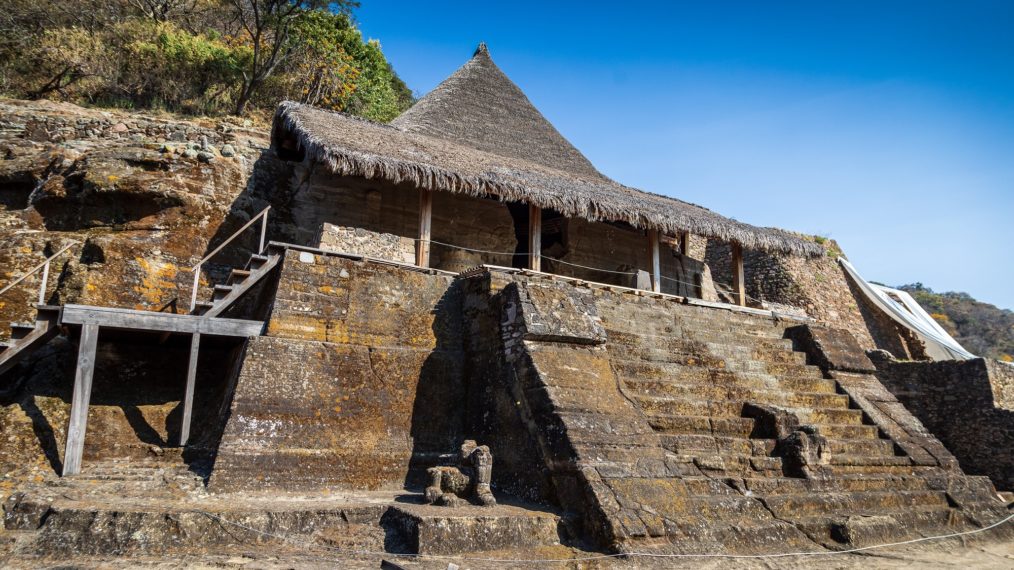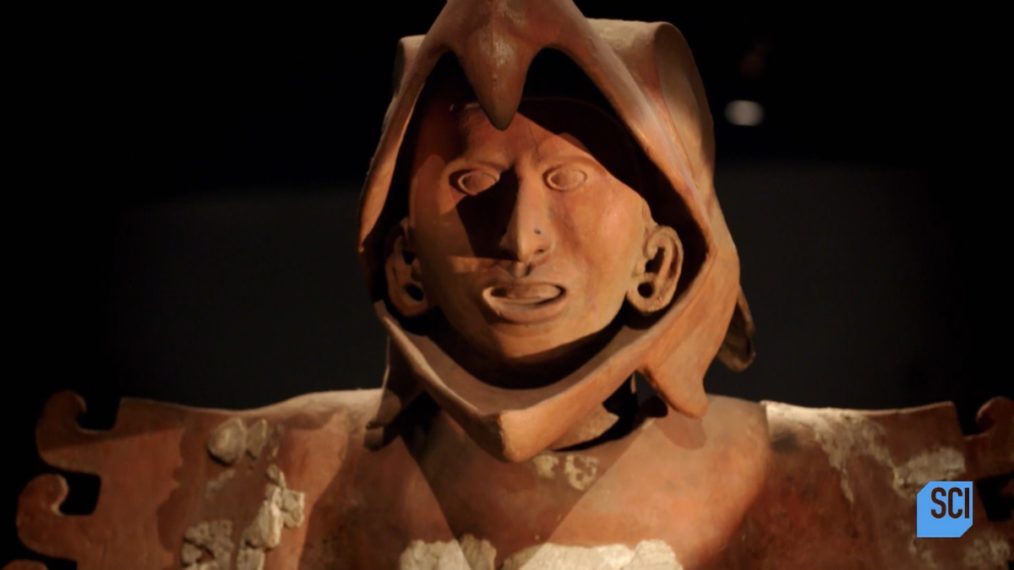Archaeologists Unearth Astonishing Secrets in ‘Lost Pyramids of the Aztecs’

An all new two-hour special, Lost Pyramids of the Aztecs gains unprecedented access to archaeologists at work on rarely seen ancient sites, and follows an extraordinary experiment to build a replica Aztec pyramid, as investigators seek to solve the mysteries of who the Aztecs were and how they built their remarkable empire.
The special documentary, premiering Sunday, June 28 on the Science Channel, reveals the Aztecs who dominated Mexico 700 years ago and how they emerged as one of the most powerful civilizations the world has ever seen.

Science Channel
More than just ingenious engineers and ruthless warriors, the Aztecs developed intricate social, agricultural and political systems that allowed them to conquer large territories and build incredible and ambitious projects.
However, after the Aztec empire was wiped out by Spanish invaders, many of their secrets were buried along with them.
For centuries, archaeologists have been trying to understand the Aztec empire and reveal the truth about their origins. Now, new excavations could reveal astonishing secrets about how they lived and what life was like inside one of the greatest empires in history.
Where did this group of nomadic people originate from? How did they undertake building their towering pyramids and other ambitious engineering feats using manpower alone? And how was such a powerful empire wiped out after just 200 years of power?

Science Channel
Using stunning CGI imagery, ground-breaking archaeological technology, and unique access to rarely seen ancient sites where new excavations are underway, this is an immersive exploration of the vanished world of the Aztecs and a peek behind the curtain of one of the most fascinating civilizations on the globe.
Lost Pyramids of the Aztecs, Premiere, Sunday, June 28, 8/7c, Science Channel








